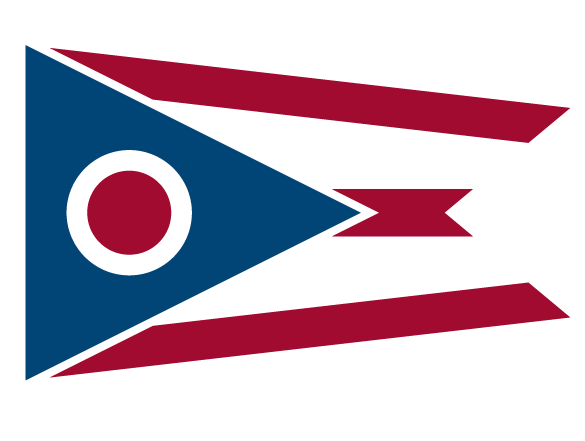Bacon Road Water Treatment Facility
Bacon Road Plant
| Bacon Road Water Treatment Facility – East Sub-District – We operate 24 hours a day but have standard office hours. Standard Office Business Hours: Monday-Friday 8:00AM – 4:30PM (440) 350-2155 Fax (440) 350-2936 AFTER HOURS EMERGENCIES Bacon Rd Water Facility: Tel: (440) 350-2725 Eastern Lake County |
History
The Bacon Road Water Treatment Facility was first opened in August 1982. It currently provides roughly three millions gallons of water daily to over 36,000 residents that live in the following communities: Perry Village, North Perry Village, Perry Township, Madison Township and certain parts of Painesville Township. Our team’s goal is to continually strive to optimize operations and provide customer the highest quality water. Recently, our staff received the “Directors Award of Recognition” from the Partnership for Safe Water, a program developed by American Water Works Association (AWWA), EPA, and associated Partner organizations. Lake County drinking water now joins the top 3% of all 300 water treatment systems in the state of Ohio that qualify for this award.
Bacon Road Water Treatment Process
Water Intake: Raw water
The water to be treated is taken from Lake Erie, through a 48 inch pipe which extends roughly 4,000 feet into the Lake. The water is transported through the pipe to the raw water pump station, located right above the intake pipe. The water then flows over two traveling screens which remove debris and other particles from the water. From here, the water is pumped at a rate of 4,200 gallons per minute to the treatment plant.
Pretreatment facilities
The incoming water is monitored by a ultrasonic flow meter, and facility operators regulate the chemical feed and filter rates. The water enters the rapid mix tanks where chemicals are added, depending on the treatment objective.
Flocculation tanks
From the rapid mix tanks, the water then flows to the flocculation tanks, where large rotating paddles churn the water. This rotation of the water allows for the chemicals previously added to produce reactions, which cause large particles of debris or floc, to form together. Later in the process, these particles are easily removed.
Sedimentation tanks
After a short period in the flocculation tanks, the water flows into the sedimentation tanks. It is here in these tanks that the floc settles to the bottom of the tank, where it remains until it is removed by a suction sludge collector. After all the floc is removed, the water stays in the sedimentation tanks for another four hours. Once the flow begins again, the water proceeds to the filtration process.
Filter Area
When the water flows through the filters, any floc that might remain is caught in the filter. The filter is comprised of two layers: anthracite and sand. The water drain system assures that the water flows evenly through the filter system.
Backwashing
Periodically, the filters need to be cleaned. This process allows water from the 300,000 gallon backwash tank to flow up through the filters and remove the build-up that has accumulated inside. The backwash water then flows to an underground pipe.
Clear Wells and High Service Pump Area
Two 500,000 gallon clear wells of potable drinking water serve as storage when demand increases during peak hours. The high service pumps draw drinking water from the two wet wells. These large pumps supply water to the distribution system where the water is delivered to customers.
